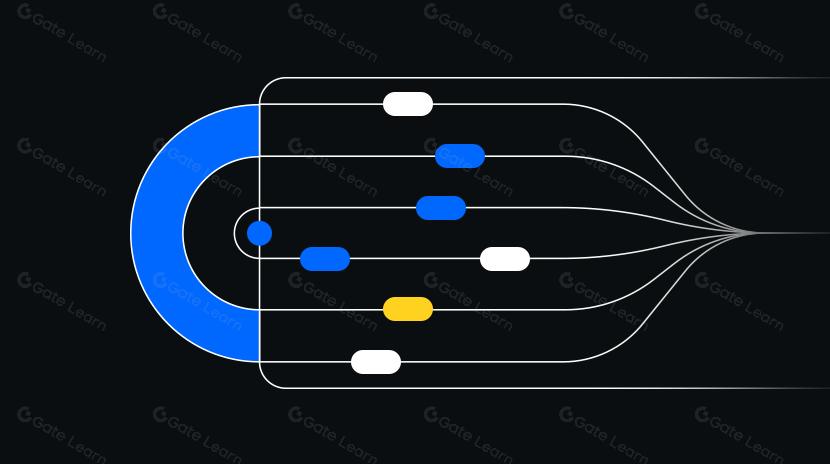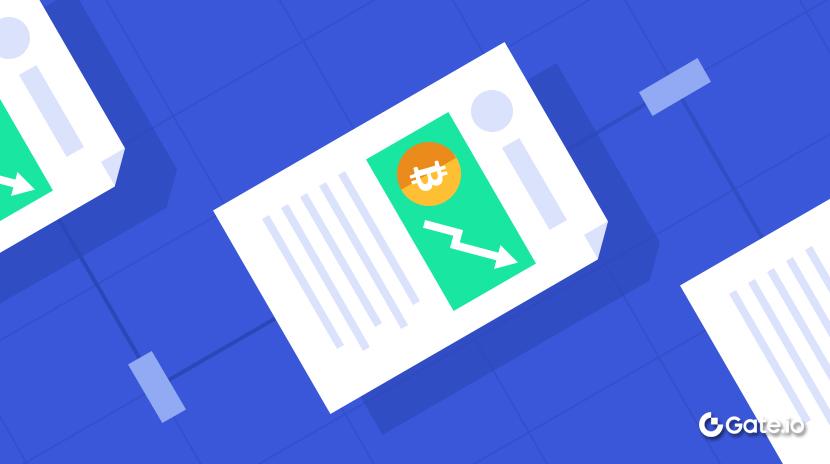Barter Definition

Barter is one of the oldest forms of exchange, referring to the direct exchange of goods or services for other goods or services without the intermediation of money. In the cryptocurrency domain, this concept has been revitalized through blockchain technology, enabling more efficient and transparent systems for value exchange. Barter in the crypto world manifests as token swaps, cross-chain transactions, and direct asset exchanges on decentralized exchanges (DEXs), bringing innovative applications to traditional exchange models in the digital era.
Key Features of Barter
Barter in the cryptocurrency ecosystem exhibits multiple characteristics:
Technical Details:
- Smart Contract Implementation: Modern blockchain-based barter transactions are executed automatically through smart contracts without intermediary involvement
- Atomic Swaps: Certain blockchain protocols support Atomic Swaps, allowing direct exchange of assets across different chains, ensuring transactions either complete fully or not at all
- Token Standards: Standards like Ethereum's ERC-20 and ERC-721 make the exchange of different types of assets more standardized and convenient
Use Cases and Advantages:
- Decentralized Trading: Direct peer-to-peer exchange of crypto assets without central authority approval or oversight
- Reduced Transaction Costs: Elimination or reduction of traditional financial intermediary fees
- Cross-border Transactions: Overcoming geographical limitations to enable global value exchange
- Asset Diversity: Support for exchanging various digital assets from fungible tokens to non-fungible tokens (NFTs)
Market Impact of Barter
In the cryptocurrency market, the barter model has reshaped traditional value exchange systems with far-reaching implications:
Barter mechanisms have fostered the development of the decentralized finance (DeFi) ecosystem, making liquidity provision, asset exchanges, and lending services more efficient. Particularly on decentralized exchange platforms, users can directly swap various tokens without converting to fiat currencies.
This exchange method has also spawned new business models, such as token-based reward systems, governance rights exchanges in Decentralized Autonomous Organizations (DAOs), and virtual asset trading in the metaverse. As cross-chain technologies advance, the interoperability of assets between different blockchain networks continues to improve, further expanding the application scope and efficiency of barter.
In market practice, barter transactions now account for a significant proportion of total cryptocurrency trading volume, showing greater resilience especially in regions with market volatility or limited fiat on-ramps.
Risks and Challenges of Barter
Despite the many advantages barter presents in the crypto world, it still faces a series of challenges:
- Value Assessment Issues: Difficulty in precisely measuring the value of different tokens or digital assets, potentially leading to unequal exchanges
- Liquidity Limitations: Some niche assets may lack sufficient counterparties, reducing trading efficiency
- Regulatory Uncertainty: Varied regulatory attitudes toward direct crypto asset exchanges across countries, potentially posing compliance risks
- Technical Risks: Smart contract vulnerabilities or cross-chain bridge defects may result in asset losses
- Counterparty Risks: In certain scenarios, counterparties may default or provide defective assets
Furthermore, with the development of the crypto market, severe price volatility adds additional complexity to barter-based transactions, requiring users to consider timing to avoid losses from market fluctuations.
While barter bypasses fiat transaction stages, such exchanges may still trigger tax events in many jurisdictions, requiring users to understand and comply with local tax regulations.
In the overall decentralization wave of the crypto industry, achieving truly efficient and secure barter systems remains an area requiring continuous innovation and improvement.
The importance of barter in the cryptocurrency world cannot be overstated. It represents not only a foundational application of blockchain technology but also a return to the economic essence of direct value exchange. By eliminating intermediaries, reducing friction costs, and enabling global transactions, barter mechanisms have injected new vitality into the financial system. Despite challenges, with technological advancements and industry maturation, blockchain-based barter transactions are poised to become more widespread, serving as an essential component of the future digital economy by providing more efficient and inclusive solutions for asset exchange.
Share
Related Articles

Exploring 8 Major DEX Aggregators: Engines Driving Efficiency and Liquidity in the Crypto Market

What Is Copy Trading And How To Use It?
